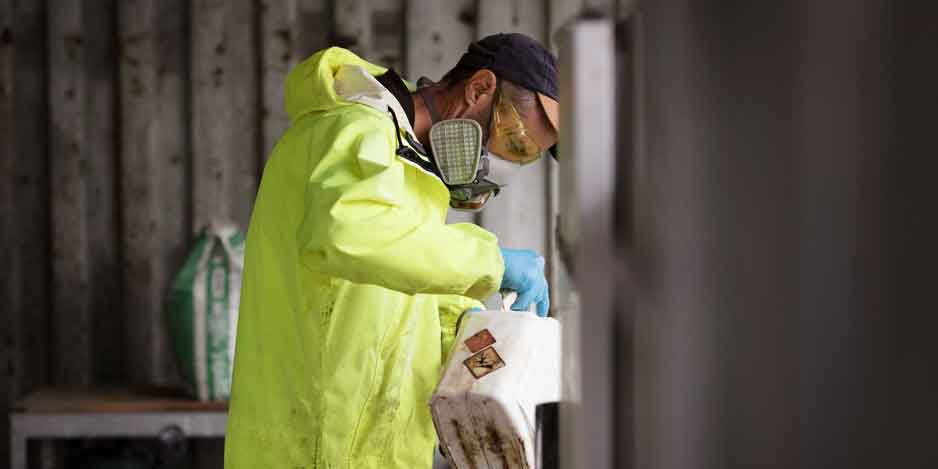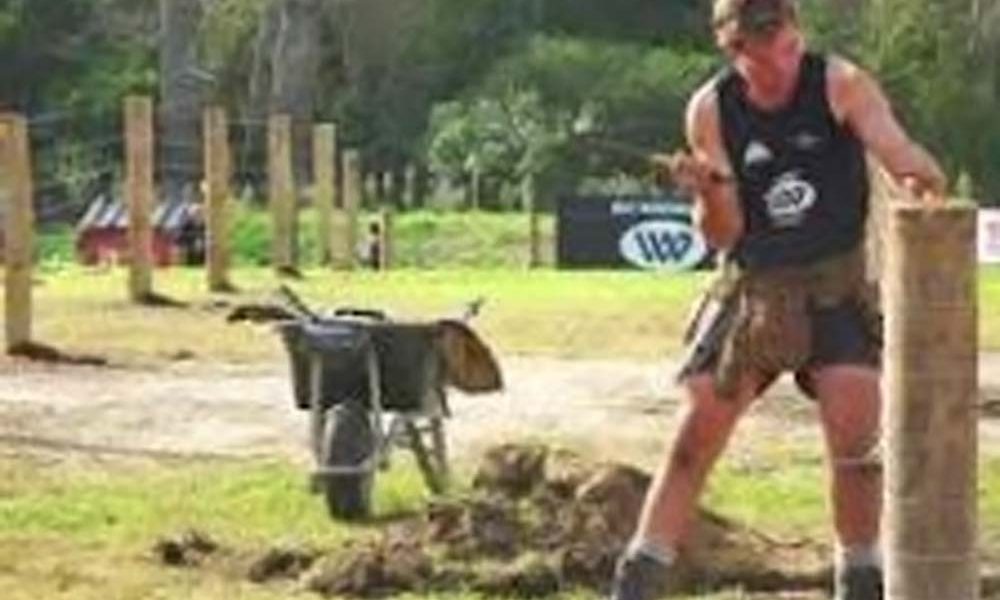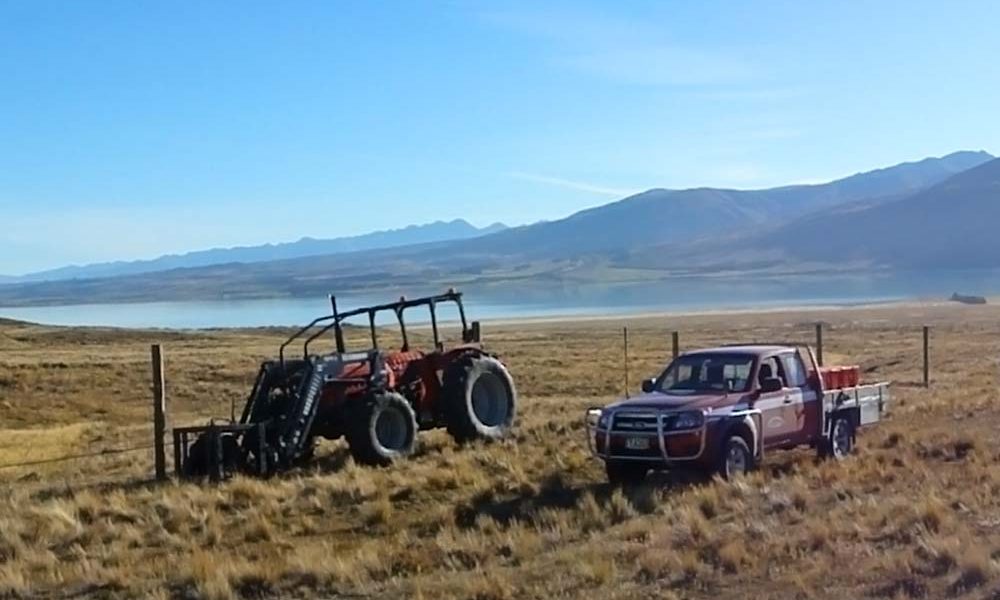
When must a PCBU carry out the monitoring described in the Health and Safety at Work (General Risk and Workplace Management) Regulations 2016 (GRWM Regulations)?
Increasingly we are seeing information released and requirements to undertake health monitoring as part of a business wellness plan or safety prequal. Failing to monitor wellness in the workplace may have consequences in the long term to employees and business even prosecution.
Here is some useful information from WorkSafe NZ to consider for your workplace compliance in this area.
What does your business currently have in place to measure acceptable workplace exposure to Noise, Dust, Skin, Vibration, inhalation of substances for example?
Exposure monitoring must be carried out if the PCBU is not certain on reasonable grounds whether the concentration of a substance hazardous to health at the workplace exceeds its relevant prescribed exposure standard.
What is exposure monitoring?
Exposure monitoring:
(a) means the measurement and evaluation of exposure to a health hazard experienced by a person; and
(b) includes – (i) monitoring of the conditions at the workplace; and (ii) biological monitoring of people at the workplace (GRWM Regulations).
Exposure monitoring can be used to find out if workers are potentially being exposed to a hazard at harmful levels or if the measures in place to control exposure to that hazard are working. Monitoring does not replace the need for control measures to reduce exposure.
Exposure monitoring is done by having workers wear personal monitoring equipment as they do their job. It can also be done periodically or without having workers wear monitoring equipment under some circumstances (eg to test the effectiveness of controls).
Your business must manage the risks to your employees’ health from the work they do. You could use monitoring to help you do this. The type of monitoring will depend on the kind of work involved.
Exposure monitoring
What to consider
Exposure monitoring measures what workers are being exposed to at work. This could involve workers wearing a monitoring device while at work to measure things like:
• the level of noise
• the amount of a chemical in the air
• the amount of vibration in hands and arms, or whole-body experiences.
Biological exposure monitoring is another type of exposure monitoring. It usually involves taking blood or urine samples to test for any substances worker’s handle.
Health monitoring
Health monitoring checks if an employee’s health is being harmed because of their work.
Examples of this:
• having their hearing checked
• checking for damage to their skin after handling chemicals
• checking for damage to their hands and arms after using vibrating tools
• checking for damage to their lungs from working in a dusty environment.
More information can be found on monitoring information at worksafe.govt.nz
Things to know about monitoring
1. You must discuss the proposed monitoring with your employees (such as what it will involve, when and where it will take place and how often, and how it will benefit them).
Employees should be given information and training about the monitoring in a way they can understand and in a timely manner.
2. Employees must comply with reasonable instructions from the business so that they can meet their health and safety obligations.
However, for health monitoring or biological exposure monitoring, employees must give their written informed consent.
Employees can say no to monitoring or change their mind at any time. For more information about this, see: http://hdc.org.nz/your-rights/the-code-and-your-rights
3. Your business should pay for the monitoring including any travel costs.
If the monitoring takes place outside your normal business hours, discuss with your employee other options. For example, could they be compensated?
4. Exposure monitoring should be carried out by someone with the right knowledge, skills, training and experience like an Occupational Hygienist.
Health monitoring should be carried out by qualified, trained and experienced health practitioners. For example, an Occupational Health Nurse could carry out initial health screening. If needed, employees could be sent (referred) to another health practitioner for a medical assessment/formal diagnosis.
If body samples are required (for example, blood), a suitably qualified health practitioner should take or supervise the taking of these samples.
5. Your business must keep employee’s personal information secure and confidential and use it to manage health risks.
You may want to share monitoring results (for example, with other workers, or other businesses you share duties with). Before you do this, the business must comply with Privacy Act 2020 requirements. For more information: The Privacy Act 2020 principles
6. The findings should be used to improve how well your business is managing health risks.
7. If the findings indicate that employees are being harmed – or could be harmed – you must act immediately to deal with the health risk.
When must a PCBU review their control measures in light of this exposure monitoring?
The PCBU must review and, as necessary, revise control measures if the exposure monitoring determines that the concentration of a substance hazardous to health at the workplace exceeds its relevant prescribed exposure standard.
Who must have access to monitoring records?
The PCBU must make monitoring records readily accessible to persons at the workplace who may be, or have been, exposed to the health hazard.
If monitoring results are to be provided to anyone, any information which identifies or discloses anything about another individual must be removed beforehand.
How long must monitoring records be kept?
| Type of monitoring | Time the monitoring record must be kept from date record made |
| Monitoring undertaken in relation to asbestos | 40 years |
| All other monitoring | 30 Years |
WorkSafe recommends that workers be given copies of monitoring records relevant to them when they leave the business or undertaking. This includes when the business or undertaking is closing or ending.
Look at what is reasonably practicable within the business for wellness and testing annual health checks are good business.
Use the WorkSafe Noise Hazard Identification Checklist on the following page to assess how well your business is identifying noise.
Stay safe out on the line.
Deb and the RuralSafe team.

Read other business best-practice articles here : FCANZ Business Staples
Read WIRED online
Follow us on Facebook
© Fencing Contractors Association NZ (FCANZ)




